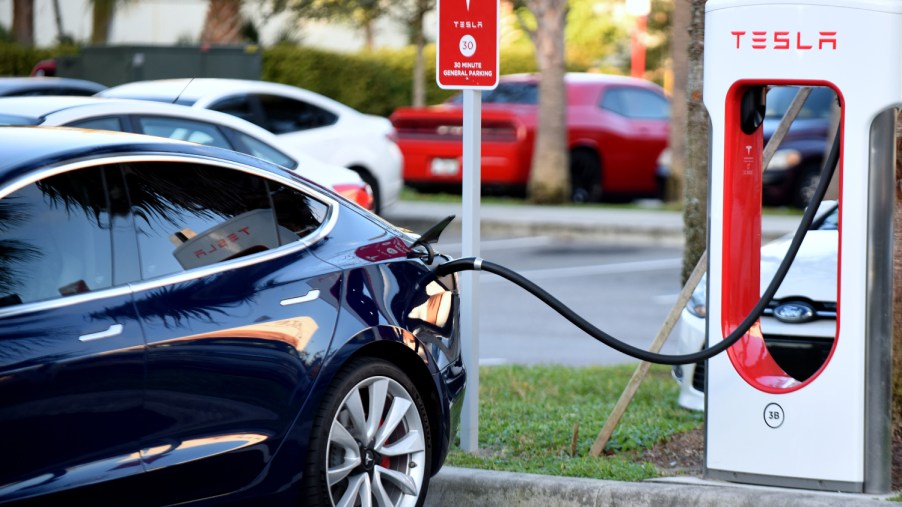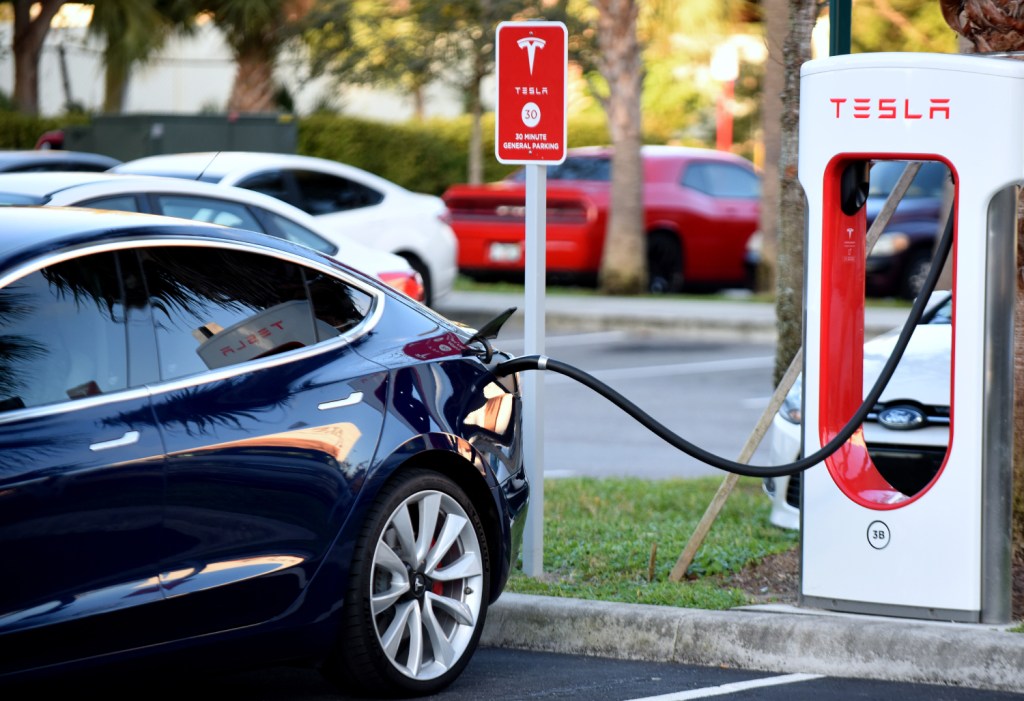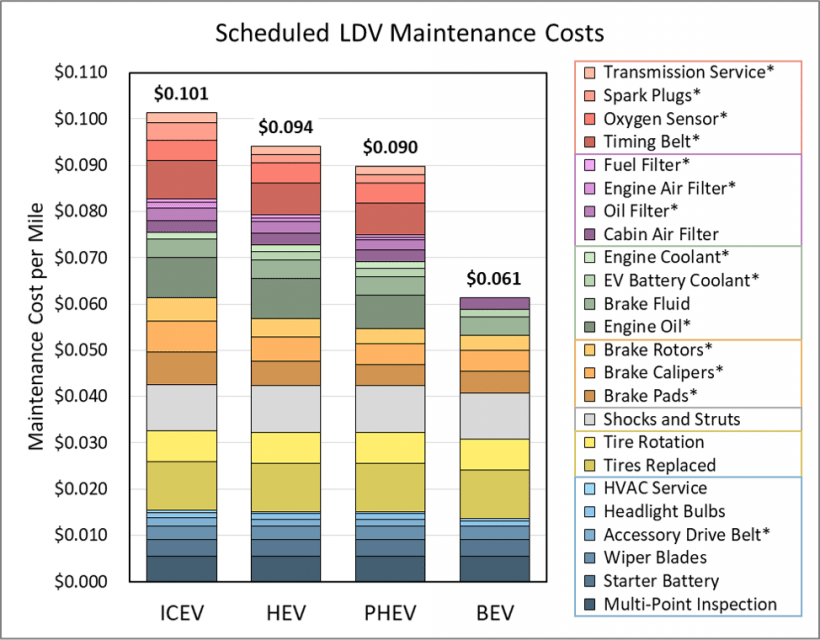
Do Electric Vehicles Have Lower Maintenance Costs?
Are you considering getting an electric vehicle for your next car? Tesla may have made the electric car cool, but there are many other benefits to owning an EV. Check out what the U.S. Office of Energy Efficiency and Renewable Energy found about electric vehicle maintenance costs for various vehicles.
What is the average electric vehicle maintenance cost per mile?

The Office of Energy Efficiency and Renewable Energy (EERE) study found that battery-electric vehicles have a lower maintenance cost than other light-duty vehicles. In the study, the EERE found that maintenance for a light-duty battery-electric vehicle (BEV) came out to 6.1 cents per mile. A conventional gasoline vehicle or conventional internal combustion engine vehicle (ICEV) came out to around 10.1 cents per mile.
The maintenance cost is higher since a BEV does not have engine oil, a timing belt, spark plugs, and other items. Other cars included in the study were the hybrid-electric vehicle (HEV) and the plug-in hybrid-electric vehicle (PHEV). Both of these had lower maintenance costs than the ICEV but saved money on brake maintenance.
Is maintenance cheaper on electric cars?

Some of the other areas where the electric vehicle maintenance costs pulled ahead were areas like the transmission service, oxygen sensor, and timing belts. The aforementioned spark plugs affected the cost. In the graph above, you can see which areas had the most impact. Another area of high cost for ICEV vehicles was engine oil, engine coolant, and brake pads.
Some areas where electric vehicles had similar costs were the multi-point inspection, starter battery, wiper blades, and tires. Tire rotation also had a similar cost across all four vehicles. Though the difference in cost was only about 4.0 cents across the board, that adds up over time.
The difference between a BEV and a PHEV was only about 0.02 cents per mile. Between a BEV and HEV, the difference was only about 0.03 cents per mile. This shows that no matter if you are driving a battery-electric vehicle, hybrid-electric vehicle, or battery-electric vehicle, all of these options have a lower maintenance cost per mile over a regular gasoline car.
How do EV and hybrid warranties work?
One of the major differences between gasoline vehicles and electric vehicles is the battery for your EV. Batteries are included in the emissions system. Because of that, batteries are warrantied by the government for eight years or up to 100,000 miles. This also covers important parts like the battery cooling system and CVT transmission.
In California, the Zero Emission Vehicle (ZEV) program ensures coverage for even longer. California hybrids are covered for up to 10-years, 150,000 miles. Most companies have a similar eight-year, 100,000 warranty for batteries and related parts. Kia’s 10-year, 100,000-mile warranty goes beyond federal expectations. Hyundai offers a lifetime battery warranty on the Kona EV, as well.
Tesla offers a basic vehicle warranty for four years or 50,000 miles. The supplemental restraint warranty covers five years of 60,000 miles. The battery and drive unit warranty depends on which vehicle you have. Additionally, the newer vehicles have different warranties as the batteries improve.
EVs might still be working out the detail on some items, but the electric vehicle maintenance costs are years ahead. If you are considering purchasing an EV, check the manufacturers warranty information. Be sure to take care of the battery of the EV, as that will keep your vehicle on the road for longer.



